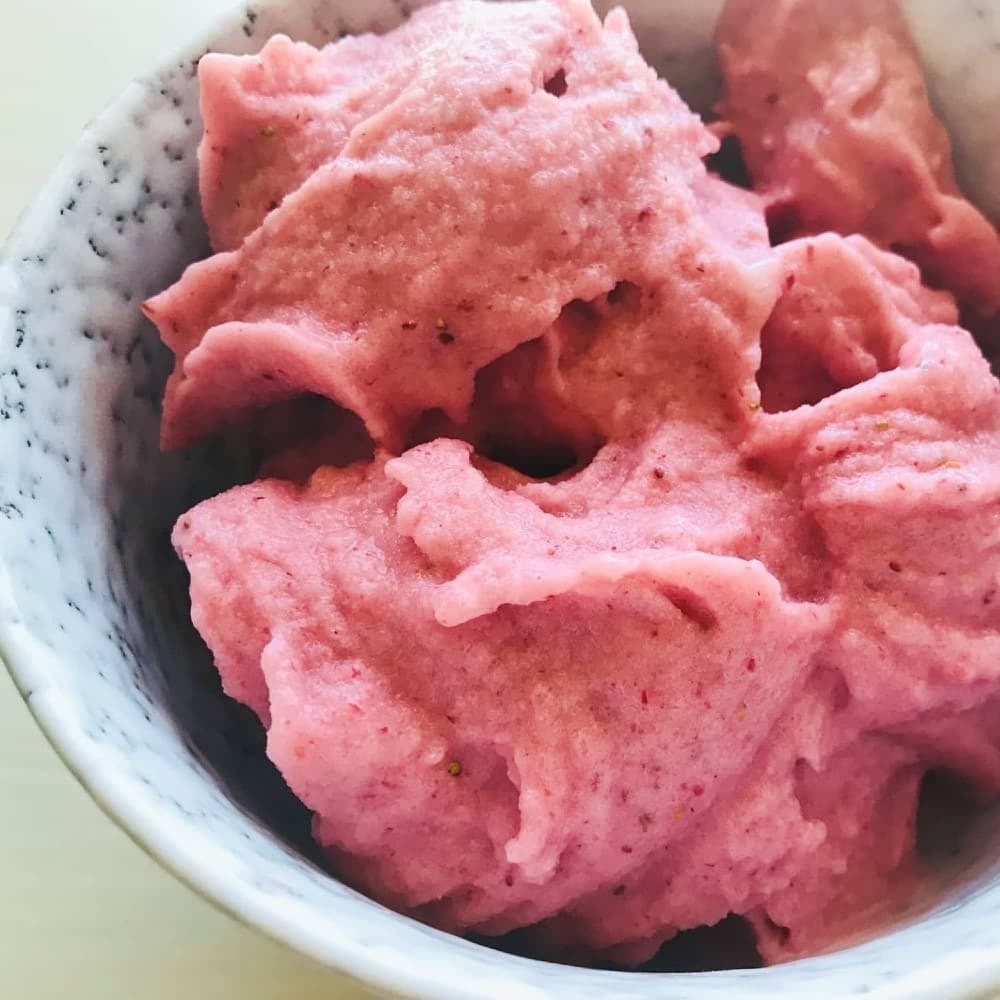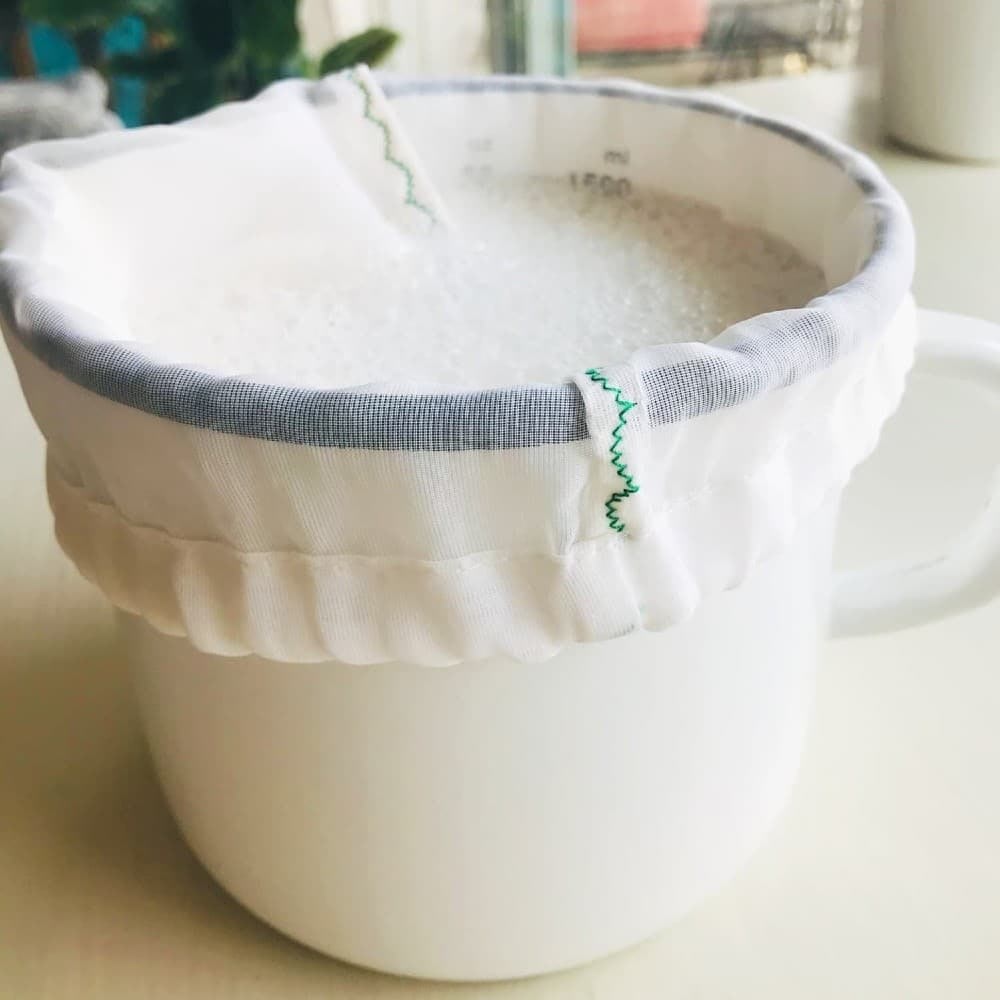Sauerkraut is fermented cabbage. Raw, fermented cabbage. That means that raw cabbage has been sitting in salt and allowing bacteria to metabolize the nutrients and create more good bacteria (probiotics). If you love sauerkraut, you’re lucky because this is one of the best ways to supply and replenish your gut microbiome with health promoting bacteria.
If you don’t like making your own, you can find raw sauerkraut only in the refrigerated section of most grocery stores. Any “sauerkraut” on a dry shelf in the store will be devoid of the beneficial bacteria you’d want.
INGREDIENTS
- 1 green cabbage
- kosher salt
NEED
- very large bowl
- clean sealable glass or ceramic container (about 1 liter) (or fermenting crock pot)
- small glass or ceramic weights (ideal but you can get by with without this)
METHOD
- First you need to know the weight of your cabbage. If you don’t have a scale at home, then weigh it in the store and round down (since you’ll be removing the core). For example, if your whole cabbage weighs 2.2 lbs, go with 2 lbs as your weight. If you have a scale at home, then weigh your cabbage after cutting out the core (see below), for a more accurate weight.
- To know how much salt you’ll add, you’ll need to calculate a 2% brine ratio. That means, for every 100 g of cabbage, you need to add 2 g salt. In our example, if your cabbage is 2 lbs, then convert that to grams (907 grams). And then (ahh, algebra!) this means you need 18 g of salt (if you’re using a scale) or roughly 3 tsp of salt (if you don’t have a scale).
- Remove a couple of the outside whole leaves, keeping them for later.
- Cut the cabbage in half, then in quarters. Then cut out the core. Then finely shred each quarter of the cabbage.
- Place one shredded quarter into a very large bowl, add some salt, then shred the next quarter, add more salt, etc, so that you disperse the salt and cabbage.
- Let this cabbage with salt sit for 30 min.
- You’ll see the water begins to ooze out of the cabbage. Massage the cabbage with your (washed) hands very well for 5 min until it becomes much softer and a lot of juice has seeped out.
- Now you’re ready to pack the cabbage and juices into your container. For now I use a very large glass bail lid jar with the silicone seal and clasp. One day I’d love to upgrade to a European style fermenting crock.
- Pack the cabbage into your jar, pushing down with a spoon or spatula. Your goal is to pack it as tightly as possible, adding all the juices from the bowl. I like to fold the couple leafs we removed at the beginning to fold and cover the top of the cabbage, ideally with the juices covering the top.
- If you have glass or ceramic weights, place one on top of the cabbage. Close the jar and place it anywhere at room temperature. I like to put it a cabinet or the garage.
- Every couple days you can open the lid and “burp” the jar so the air created inside can leave. Leaving the cabbage to ferment for about 2 weeks should yield a mildly crunchy and super delicious sauerkraut. If you prefer more crunchy or less crunchy, let it ferment for less or more time, respectively.
- Once it’s done fermenting, you can transfer to glass containers and store in the fridge for up to 6 months.





